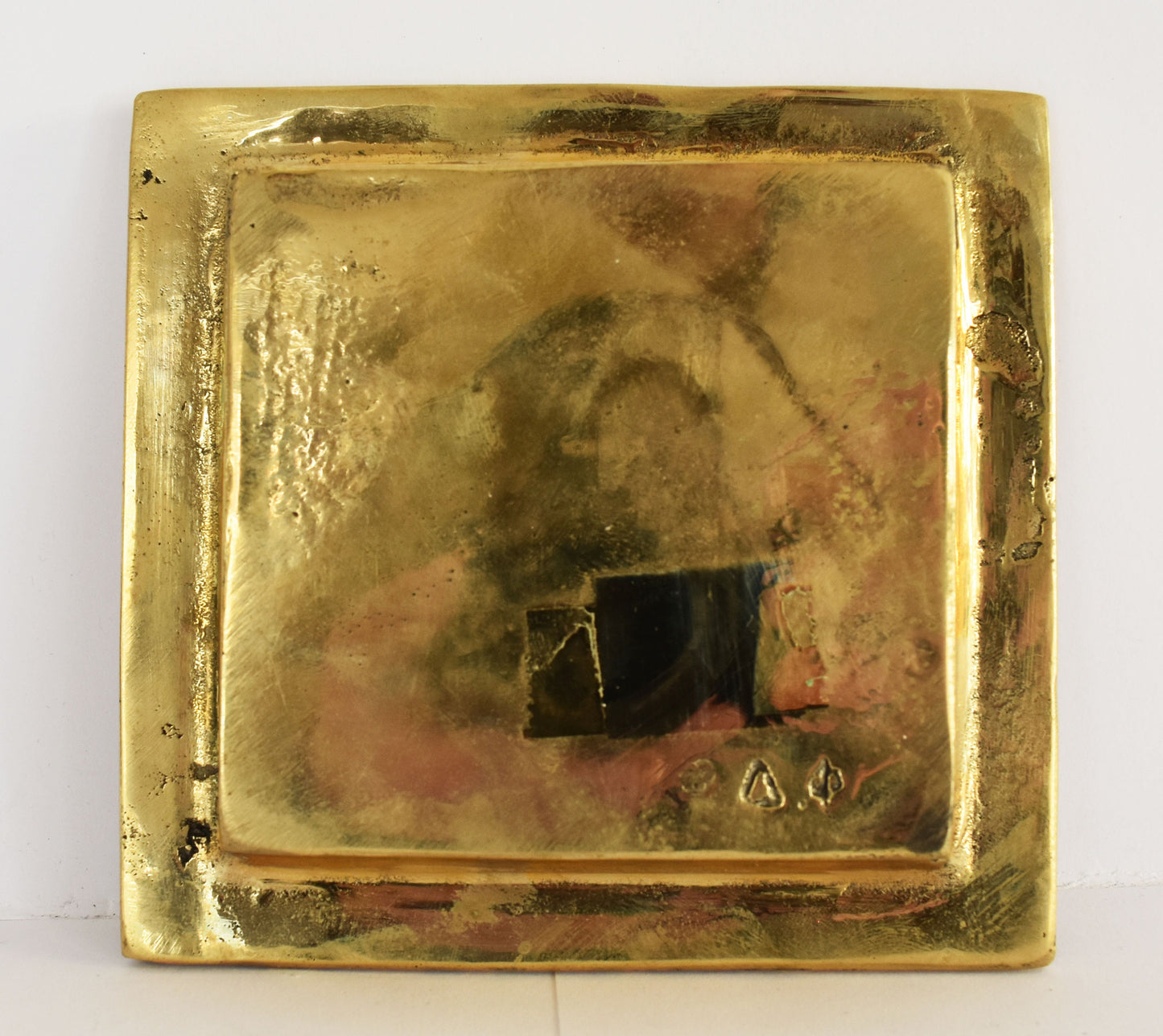Gallery Demeter
Ashtray - Ancient Greek alphabet - the ancestor of the Latin and Cyrillic scripts - pure bronze statue
Ashtray - Ancient Greek alphabet - the ancestor of the Latin and Cyrillic scripts - pure bronze statue
Regular price
€109,90 EUR
Regular price
Sale price
€109,90 EUR
Unit price
per
Tax included.
Shipping calculated at checkout.
Couldn't load pickup availability
Item Specifics
Condition: New, Made in Greece.
Material: Pure Bronze
Height: 11 cm - 4,33 inches
Width: 11,5 cm - 4,53 inches
Weight: 560 g
The Greek alphabet has been used to write the Greek language since the late ninth or early eighth century BC. It is derived from the earlier Phoenician alphabet, and was the first alphabetic script in history to have distinct letters for vowels as well as consonants. In Archaic and early Classical times, the Greek alphabet existed in many local variants, but, by the end of the fourth century BC, the Euclidean alphabet, with twenty-four letters, ordered from alpha to omega, had become standard and it is this version that is still used to write Greek today. These twenty-four letters (each in uppercase and lowercase forms) are: Α α, Β β, Γ γ, Δ δ, Ε ε, Ζ ζ, Η η, Θ θ, Ι ι, Κ κ, Λ λ, Μ μ, Ν ν, Ξ ξ, Ο ο, Π π, Ρ ρ, Σ σ/ς, Τ τ, Υ υ, Φ φ, Χ χ, Ψ ψ, and Ω ω.
The Greek alphabet is the ancestor of the Latin and Cyrillic scripts. Like Latin and Cyrillic, Greek originally had only a single form of each letter; it developed the letter case distinction between uppercase and lowercase in parallel with Latin during the modern era. Sound values and conventional transcriptions for some of the letters differ between Ancient and Modern Greek usage, because the pronunciation of Greek has changed significantly between the fifth century BC and today. Modern and Ancient Greek also use different diacritics. Apart from its use in writing the Greek language, in both its ancient and its modern forms, the Greek alphabet today also serves as a source of technical symbols and labels in many domains of mathematics, science and other fields.



